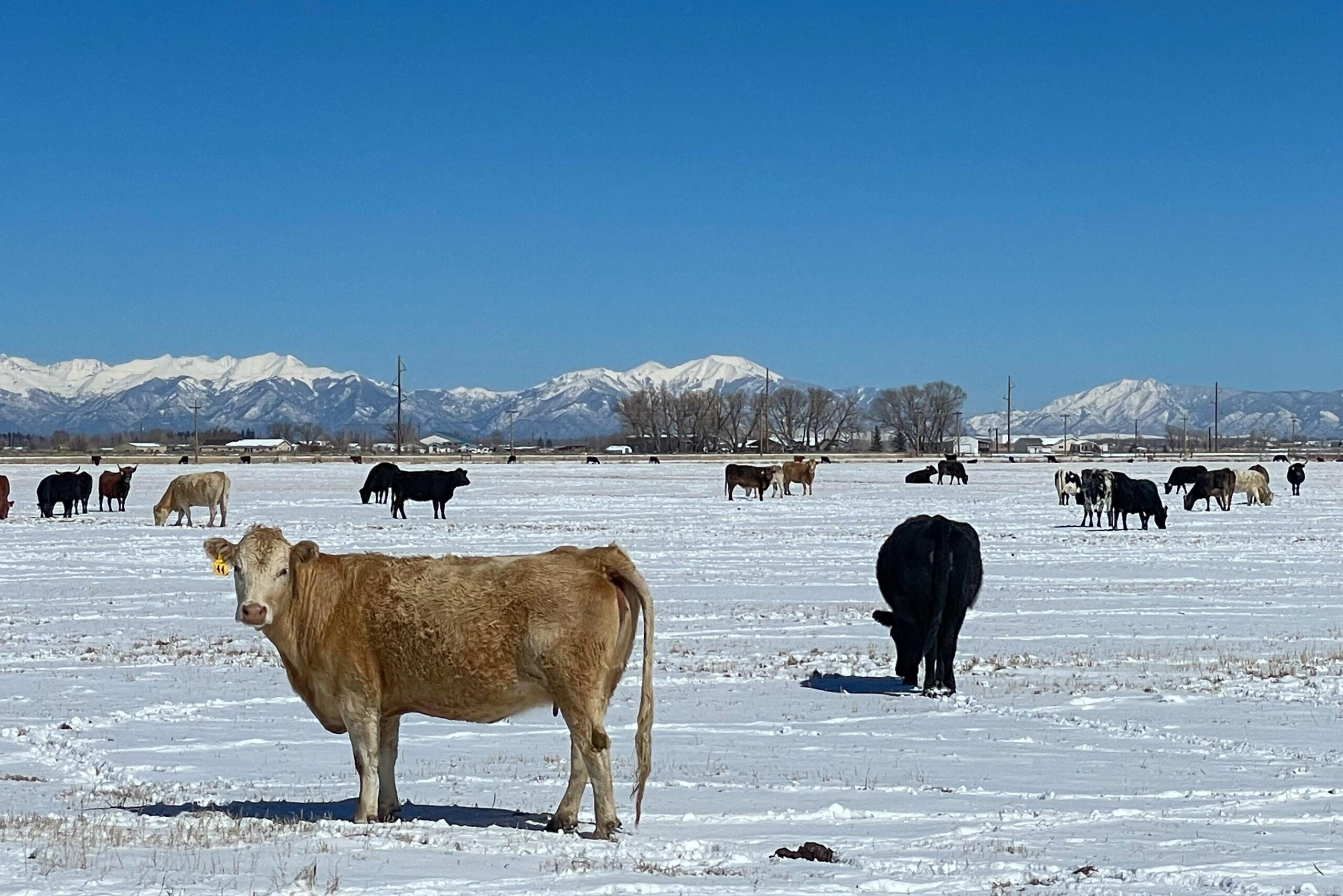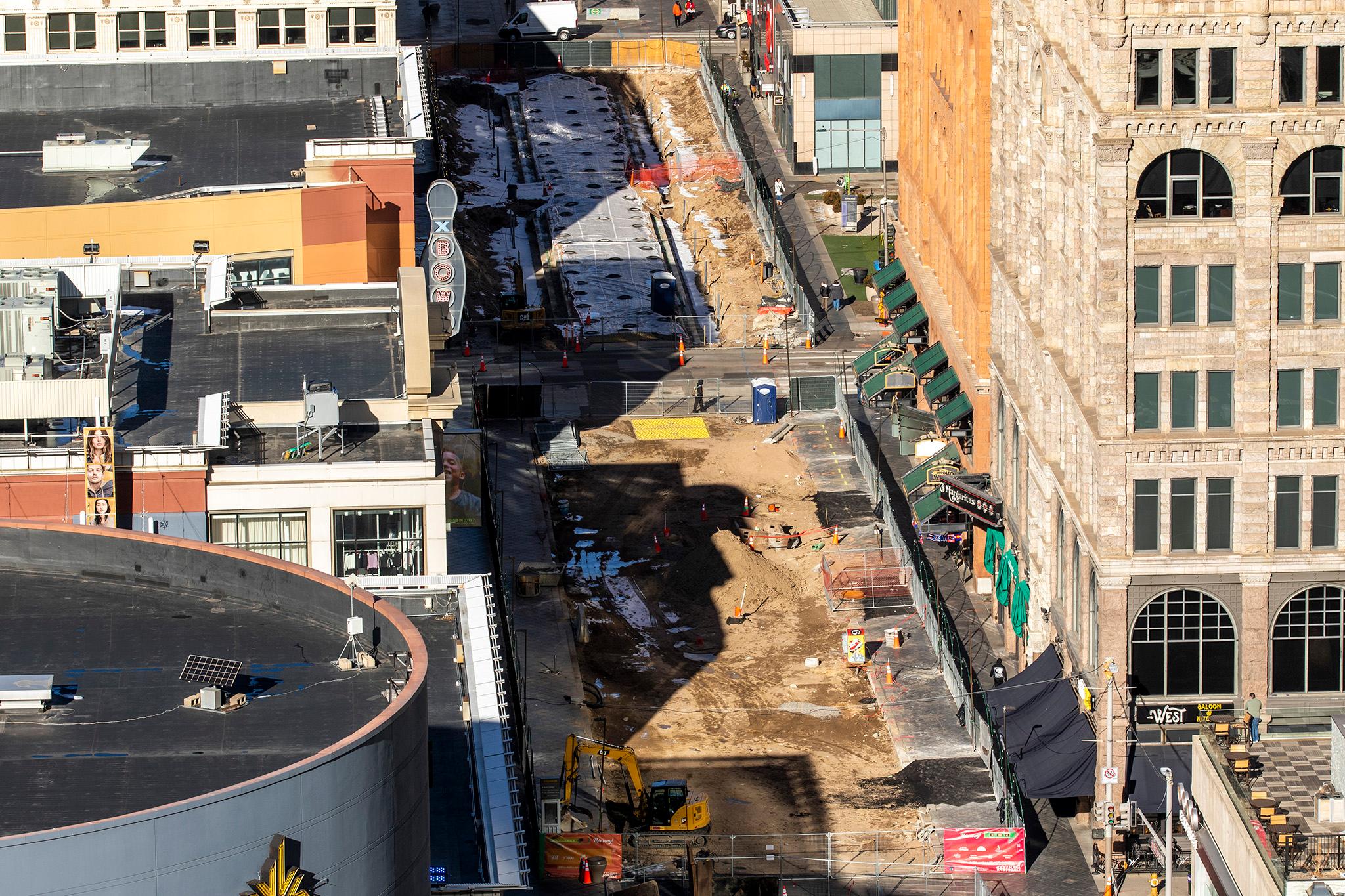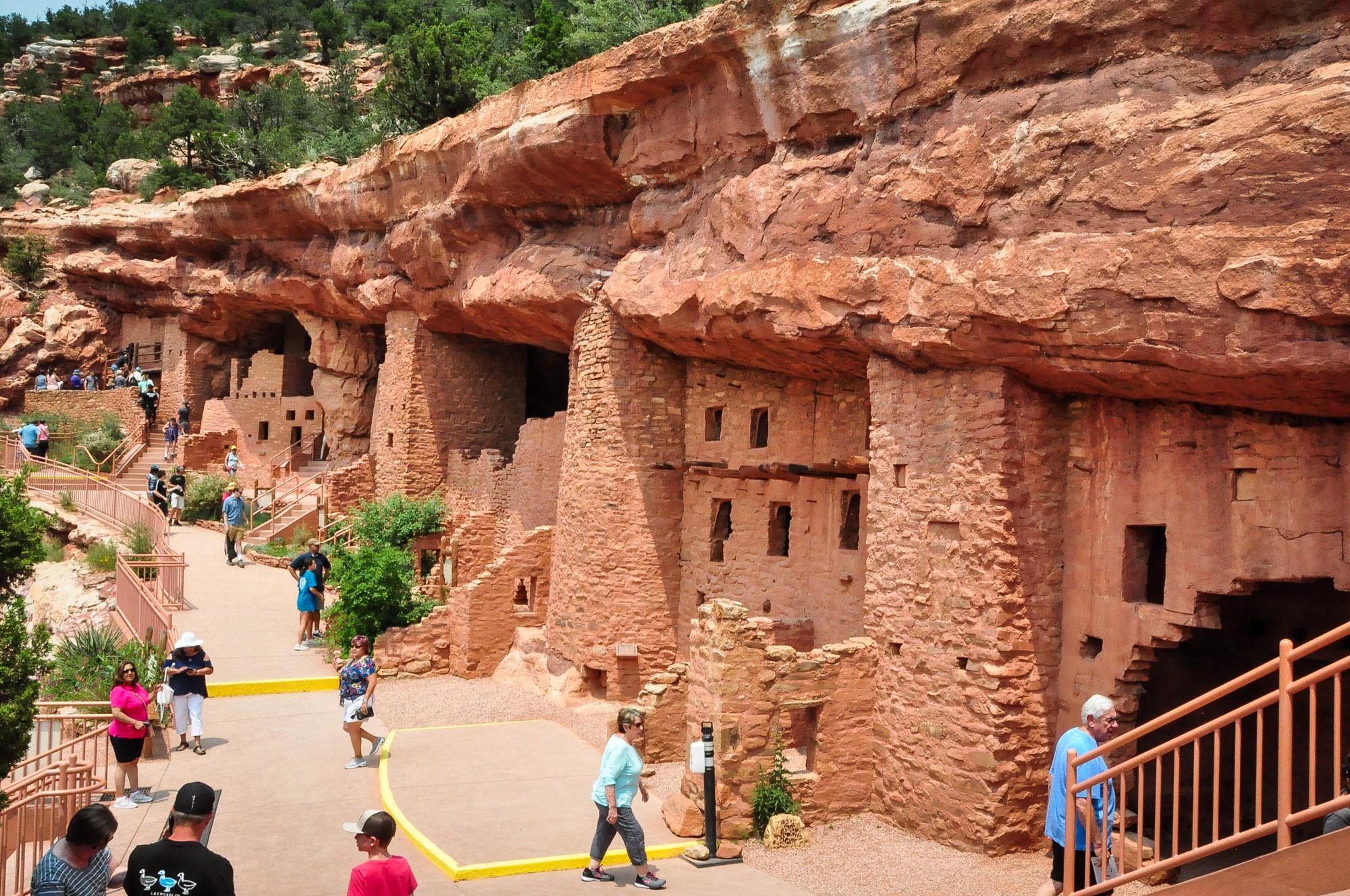
Just outside of Colorado Springs, the Manitou Cliff Dwellings have been welcoming tourists for over 100 years.
In some ways, they have taken on a history of their own as a destination for families, school trips and even international travelers. Ads for the Cliff Dwellings invite visitors to touch history.
That caught the attention of new Coloradan Nick Culbert from nearby Fort Carson. He and his girlfriend went to the cliff dwellings to learn about the history of his new home.
When asked what he learned on his visit, Culbert said, “The farthest home, way up there actually, is like the most perfectly preserved, in the Southwest, of all the cliffside homes which I thought was pretty interesting that it was right here in Colorado Springs.”
But the history of the dwellings — their origin and authenticity — is complicated.
Some of the dwellings are indeed real, but they were also taken from their original site in Southwest Colorado and reconstructed near Colorado Springs. Indeed, the structures some tourism sites call “authentic” are called “fake” by others.
Raven Payment did not see authenticity when she visited the cliff dwellings over the summer. What she felt was disrespect. She took her observations to Twitter.
“I guess I was very offended, but I was also infuriated,” Payment said. “This is some world-class audacity and entitlement to not only steal these things, but then to not even put them back together the way they were and how those people would have used them."
Payment said that not only is their reconstruction insulting, the attraction also uses language and words that can be destructive.
“From a larger, broader conversation, it's reinforcing stereotypes that affect us in the modern age and how we move through the world socially and even politically,” she said.
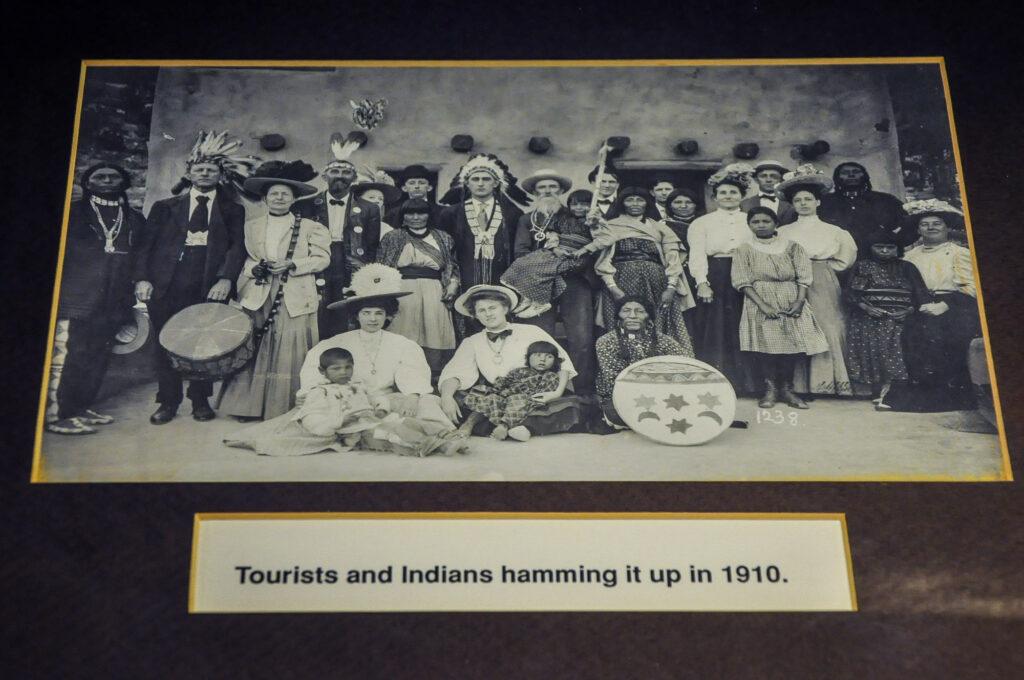
So, how did the cliff dwellings end up in Manitou Springs?
Back at the turn of the 20th century, concerned Coloradans wanted to stop the pillaging and looting of ancient Indigenous sites. Virginia McClurg and Harold Ashenhurst thought the best way to preserve one of these sites was to move them closer to where white Coloradans were settling down. They had the homes of Ancestral Puebloans removed from their original site in McElmo Canyon in the southwest corner of Colorado to the Front Range.
The buildings were reassembled with supplies not available to Ancestral Puebloans, like mortar. They also added broken bits of ancient pottery into the binding mix, which further changed what these homes once looked like.
Archeologist Richard Wilshusen says those decisions damaged the attraction’s claim to authenticity.
“It would be like having a replica of the Taj Mahal somewhere and thinking that you're in India and you're not, you're just viewing a replica,” he said.
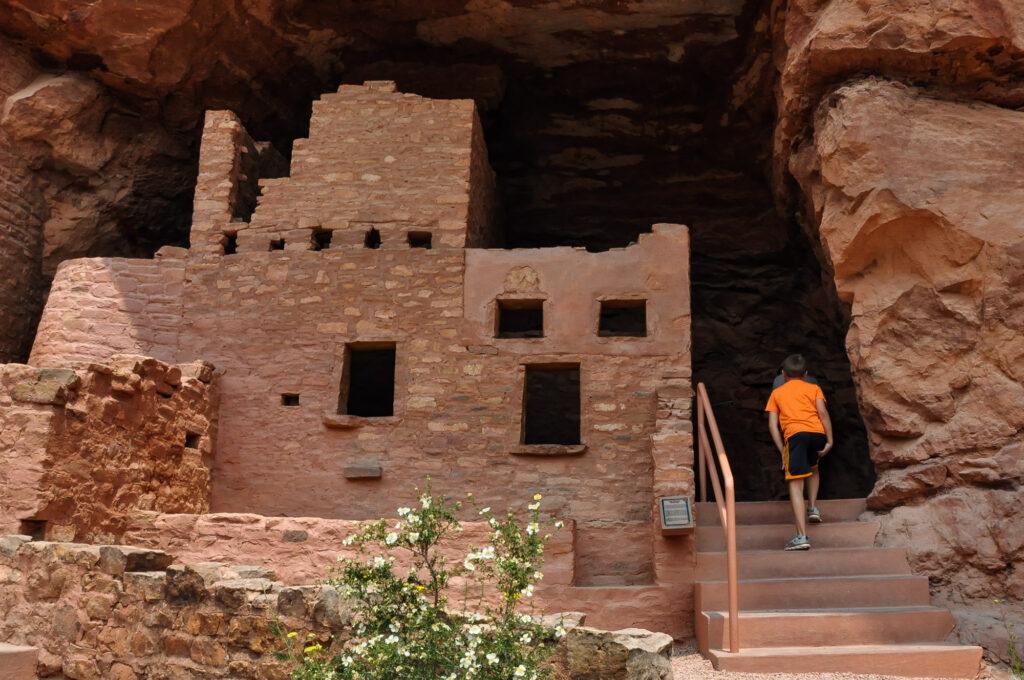
Museums and cultural institutions all over the nation have been reevaluating how they’ve treated Indigenous historical sites in the past.
Some have made strides in diversifying staff, recontextualizing often-whitewashed history and opening better lines of communication with affected communities. But some places have been slow to keep up.
For instance, Payment says the Cliff Dwellings’ use of the term “Anasazi” has been deemed offensive by many Indigenous people. White archeologists adopted the term — which means “ancient enemy” — from their Navajo guides.
The descendants of Ancestral Puebloans don’t use the term and pushed museums to update their language. But many state and local guides still use the term, and it figured prominently in many parts of the Cliff Dwellings attraction, even as recently as this summer.
Since then, the privately owned attraction has taken some steps to drop the use of the term, but it remains in some places. The owners and management of the Cliff Dwellings declined to be interviewed for this story.
Payment says she hopes potential visitors understand what it felt like for her and other Indigenous people to visit the attraction.
“The things that they are seeing at the Manitou Springs Cliff Dwellings belong to people who are still alive, those are their relatives' items,” Payment said. “So this is no different than going to a cemetery of their family. And if we pull things out of their family's coffins and put them on display, they would probably be rightfully bothered by that.”



